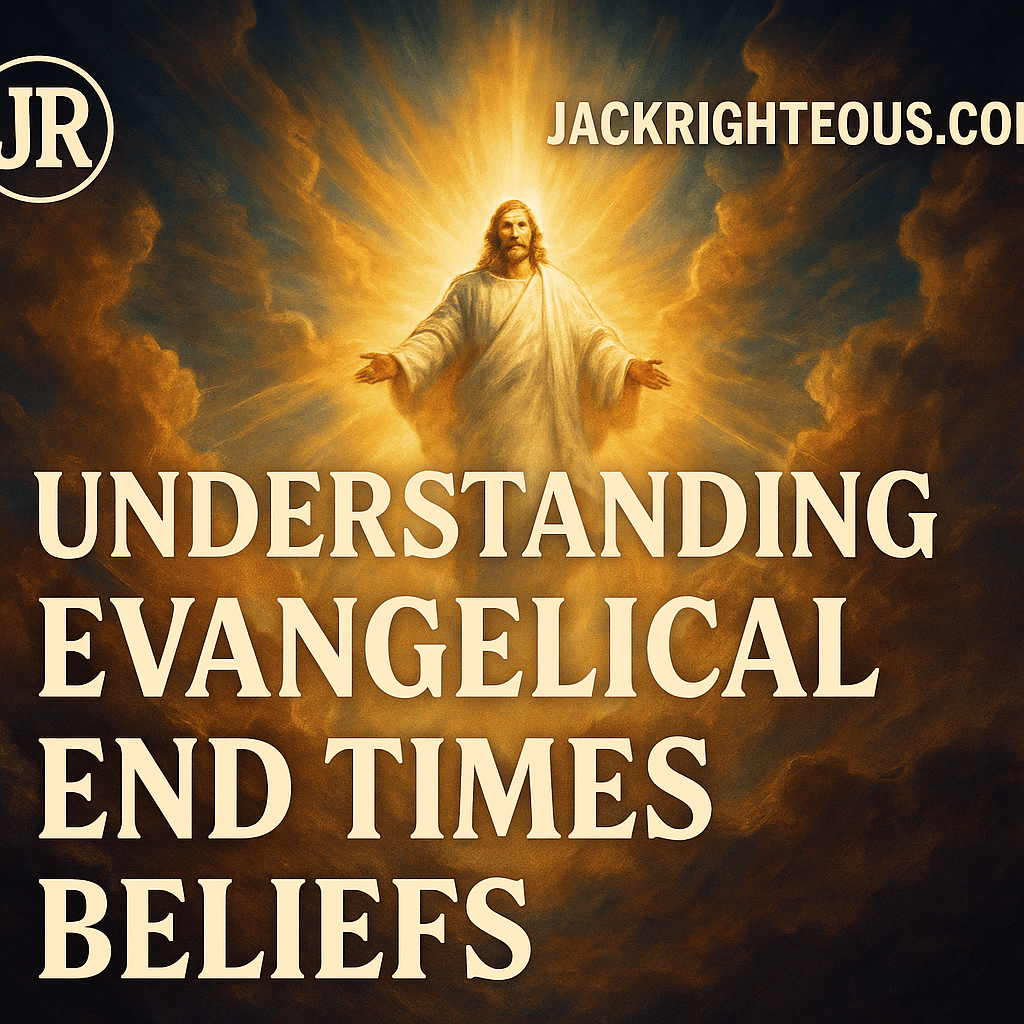
The Four Horsemen, Prophecy & 2025 Global Warnings
Gary Whittaker
Decoding the Symbols: The Four Horsemen of the Apocalypse — 2025 Update
In Revelation 6:1–8, the Four Horsemen herald divine judgment—but their symbolic resonance echoes loudly in today’s crises:
1. White Horse – Conquest or Digital Deception
The crowned rider with a bow is traditionally linked to conquest—or Christ. In today’s context, it reflects digital manipulation, AI-driven propaganda, and the spread of misinformation.
2. Red Horse – War & Political Instability
Armed with a sword, this rider removes peace. The 2025 political landscape—Russia–Ukraine conflict, Middle East instability, and national polarization—mirrors this violent unrest.
3. Black Horse – Famine, Inflation & Supply Crisis
The rider with scales warns of scarcity. Inflation spikes in developing nations, BRICS realignments, and unequal trade terms highlight widening global need.
4. Pale Horse – Death, Pandemic & Climate Collapse
Riding alongside Hades, this horseman signals mass mortality. Heatwaves in 2025 across the U.S., Europe, India, and Pakistan have already claimed thousands of lives.
Sources: Yale Climate Connections, WHO, The Guardian
Daniel’s Prophecies: Echoes of Global Turmoil
Nebuchadnezzar’s Dream (Daniel 2) mapped empire succession—modern parallels arise in East-West tech conflict, AI governance, and economic upheaval.
Daniel 7’s Four Beasts symbolize not just past empires but the rise of authoritarian AI states and predictive systems.
2024 was the hottest year ever—1.29°C above preindustrial levels. The U.S. experienced 27 billion-dollar disasters in one year alone.
Sources: NOAA, Climate Central
Evangelical Environmentalism: A Divided Theology
While 90% of Christian leaders accept human-driven climate change, only 28% of evangelical Protestants agree.
Younger evangelicals, however, are shifting toward environmental stewardship based on Genesis 2:15.
Source: Pew Research 2025
Research Areas You Can Explore Further
- Deepfake culture and election misinformation
- Faith-based environmental advocacy (Evangelicals for Climate Action)
- Geopolitical alignments and Daniel 7 symbology
- The role of Christian nationalism in 2025 policymaking
Faith-Based Action for Creators
Jack Righteous invites you to move from prophecy to purpose:
- 🎧 Suno AI Creator Guide
- 🔊 GET JACKED Into Suno Branding
- 🎤 Get Righteous Anthem Path (Pro Access)
- 📣 Hire Jack Righteous
- 🎓 Apply for Creator Coaching
- 🐝 Explore BEE RIGHTEOUS Merch
Final Thought: The Four Horsemen are not just biblical lore—they are living signals. Listen. Interpret. Act.

